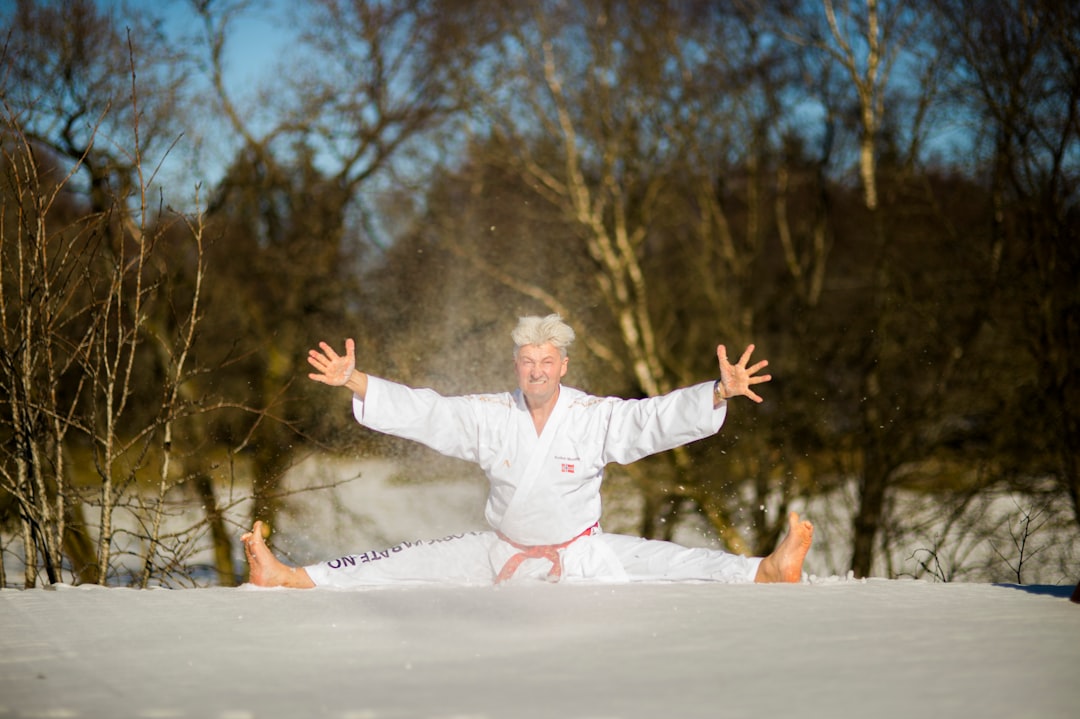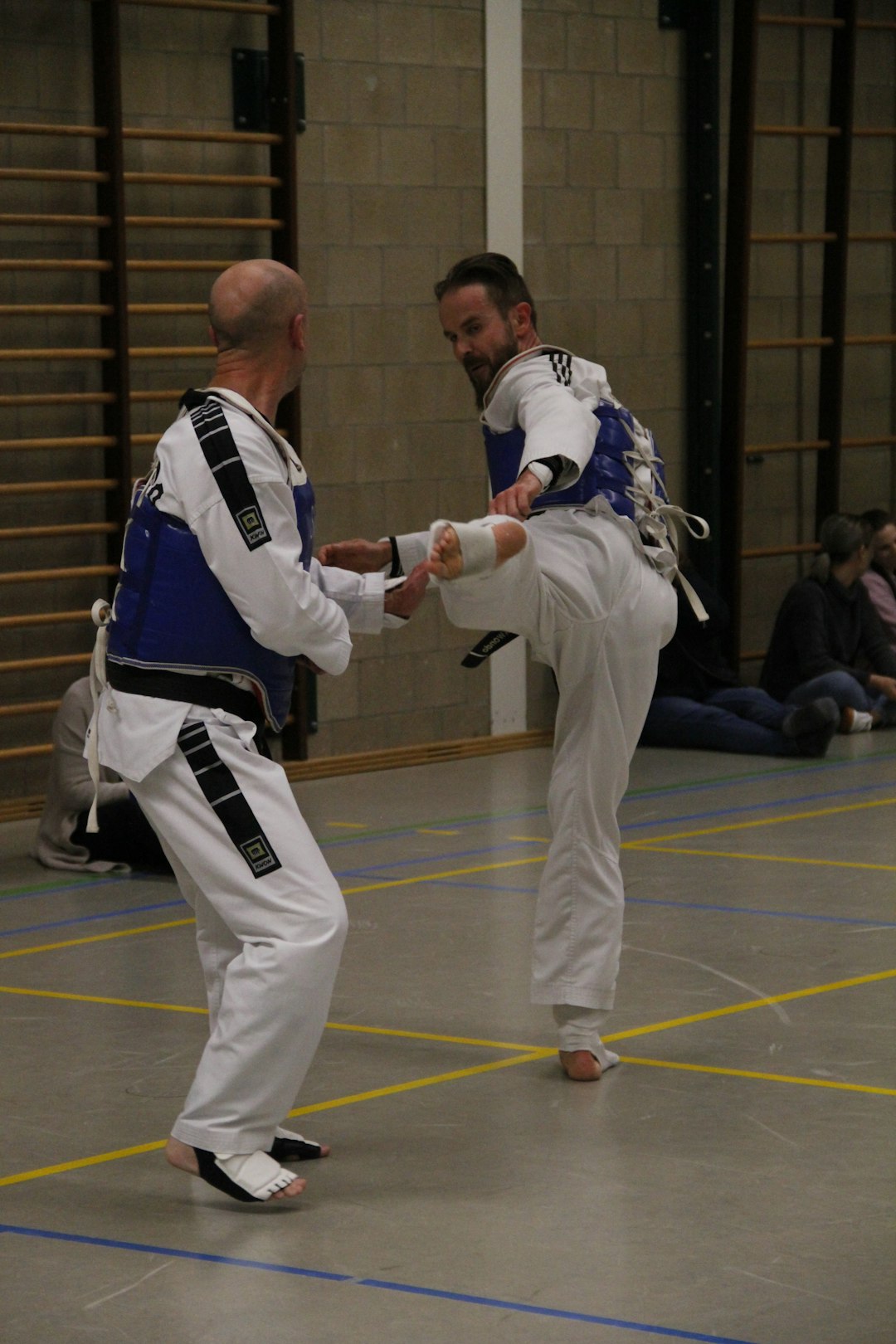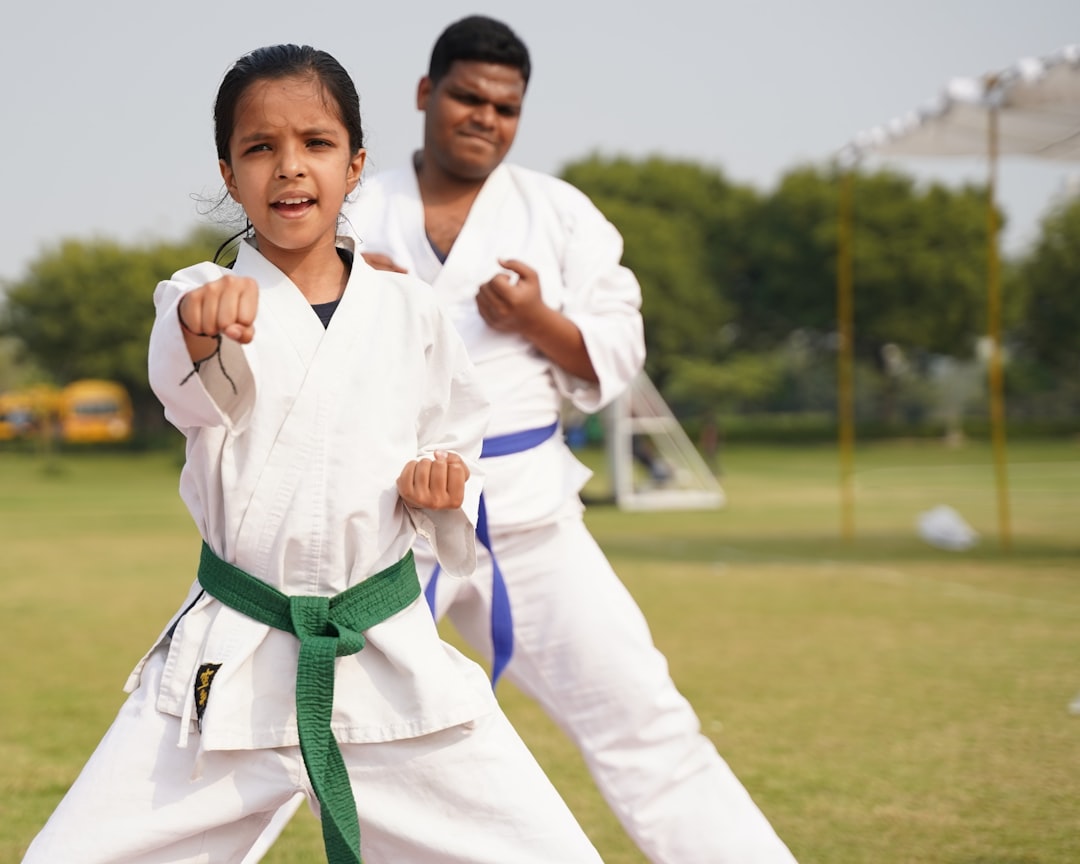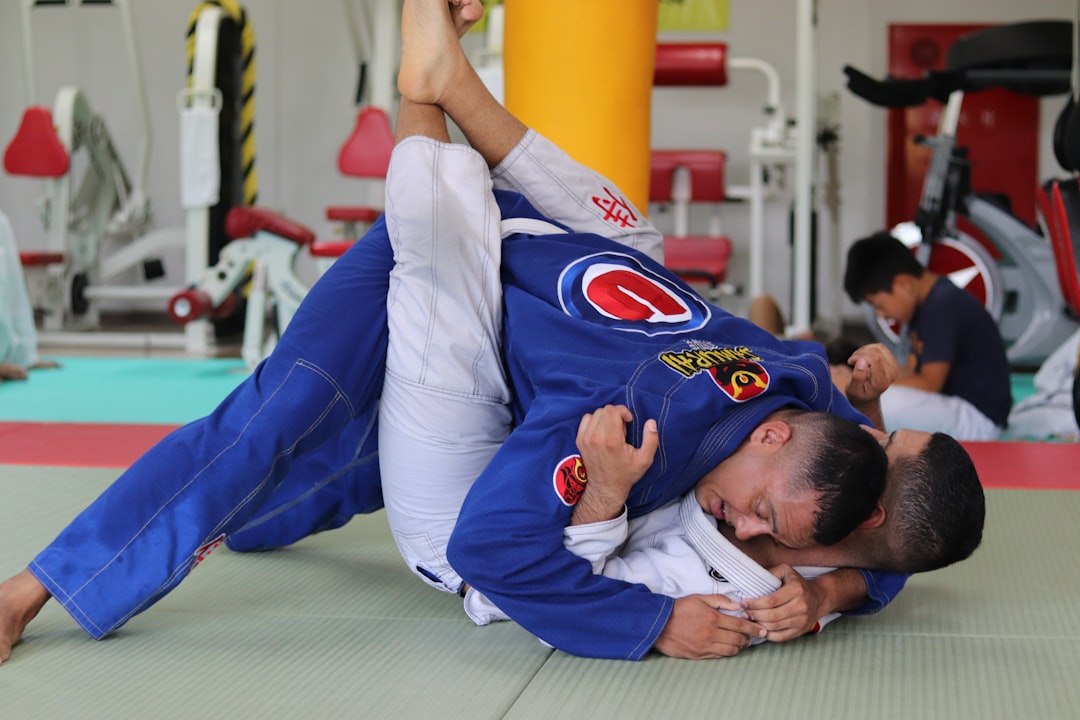Karate practitioners should invest in a comprehensive set of equipment tailored to their specific needs and style. This includes a high-quality gi, obi, and appropriate footwear for hygiene and safety, as well as essential protective gear like hand pads, shin guards, and body protectors to ensure safety during impactful techniques or sparring. Beyond these basics, heavy bags, speed bags, focus mitts, and pads are vital for developing accurate striking and improving hand speed and coordination. For advanced practitioners who use weapons, the jyo and eku can be part of their equipment. High-density foam tatami mats provide safe landing surfaces and support precise technique execution, while specialized training tools like the makiwara aid in refining punching power and form. In full-contact sparring, additional protective gear such as heavy bags and body protectors are essential to minimize injury risks. The right equipment not only enriches the karateka's experience but is also instrumental in preventing injuries and enabling safe and effective practice. Ensuring quality in every piece of equipment used in training is key for optimal results in this martial art.
Exploring the realm of karate requires more than just dedication and discipline; it demands the right equipment to ensure safety, effectiveness, and progress. This comprehensive guide delves into the essential gear for both novice and experienced karate practitioners. From selecting the optimal Karate mats that provide a stable foundation to donning the appropriate uniforms, gloves, and protective gear, we’ll cover all the karate equipment used in this dynamic martial art. Additionally, we’ll highlight training aids and accessories that can help you hone your technique and enhance your practice. Join us as we navigate the core components necessary for a well-rounded karate experience.
- Essential Karate Gear for Beginners and Seasoned Practitioners
- The Ki-Having Base: Choosing the Right Karate Mats
- Striking with Precision: Karate Uniforms, Gloves, and Protective Gear
- Honing Your Technique: Karate Training Aids and Accessories
Essential Karate Gear for Beginners and Seasoned Practitioners

When starting out in karate, or even for seasoned practitioners looking to upgrade their gear, understanding the essential equipment used in this martial art is crucial. For beginners, the fundamental pieces of karate equipment include a gi, which is the traditional white uniform worn during practice and competition; sturdy flip flops or dojo slippers for hygiene and safety on the training floor; and a belt, known as an obi, to secure the gi. The type of belt, however, varies with rank. Protective gear such as hand pads, shin guards, and body protectors are also essential to ensure safety during practice, particularly when executing striking techniques or performing kata.
For both beginners and advanced karateka, additional equipment used includes a heavy bag for practicing strikes and kicks, a speed bag for improving hand speed and coordination, and focus mitts or pads used in partner drills to refine targeting and timing. A makiwara, or striking post, can also be beneficial for honing techniques like punches and kicks. Depending on the style of karate being practiced, other gear might be necessary, such as a jyo (long staff) or eku (six-foot long stick) for kata or kumite involving weapons. Proper equipment not only enhances the training experience but also helps prevent injuries and ensures that practitioners can train effectively and safely.
The Ki-Having Base: Choosing the Right Karate Mats

When it comes to practicing karate, having the right equipment is crucial for both safety and performance optimization. Among the essential karate equipment used, the choice of karate mats, also known as tatami mats, forms the foundation of a safe training environment. These mats are designed specifically for martial arts, providing a shock-absorbent surface that lessens the impact on the body during falls and techniques. The quality of the mat can significantly affect the experience of the practitioner; therefore, what constitutes the “right” mat may vary depending on individual needs and the type of karate being practiced. Do the mats offer sufficient cushioning? Are they durable enough to withstand frequent use? These are important questions to consider when selecting the ideal karate mats for your dojo or personal practice space. High-density foam tatami mats, for instance, are a popular choice due to their superior shock absorption and longevity, making them an excellent investment for any martial artist. They are designed to offer optimal support while allowing for the correct execution of karate movements, ensuring that both beginners and advanced practitioners can train with confidence and precision on a surface that adapts to their needs.
Striking with Precision: Karate Uniforms, Gloves, and Protective Gear

When practicing karate, the importance of using the correct equipment cannot be overstated, especially when it comes to striking with precision. Karate practitioners require a uniform that allows for full range of motion while providing the durability needed for rigorous training sessions. The traditional karate gi, or uniform, typically consists of a heavy cotton top and loose-fitting trousers. Does the karate gi serve a specific purpose beyond its traditional role? Yes, it does. The gi is designed to not grab or tear easily during techniques like throws or grappling, which could injure the practitioner. Additionally, protective gear is essential for sparring to ensure safety without hindering the ability to execute precise and effective strikes. Padded gloves are a key piece of equipment in this category, as they protect both the striker’s and the strikee’s hands from injury while still allowing for the necessary sensitivity and control during strikes. Are there other types of protective gear commonly used in karate? Yes, body protection such as chest protectors, shin guards, and groin guards are also important to prevent injuries during contact training or sparring sessions. These protective measures enable practitioners to train confidently, knowing they can strike with precision without the risk of causing harm to themselves or their partners.
Honing Your Technique: Karate Training Aids and Accessories

To hone your technique and enhance your performance in karate, a variety of specialized equipment is used. A fundamental piece of karate gear is the makiwara, a post filled with straw or rubber for practicing strikes. It allows practitioners to refine their punching power and technique without the need for a partner. Additionally, kick shields and focus mitts are essential for drills with a partner, enabling you to perfect your kicking and hand techniques, respectively. Punching bags, often referred to as maedi in traditional karate practice, also play a crucial role in developing strength and timing. They simulate the movements of an opponent, providing a versatile tool for both striking and defensive maneuvers. Training with these tools not only improves physical abilities but also sharpens focus and reaction times, essential components of effective karate training.
When it comes to protective gear, karate practitioners use various items to ensure safety during practice and competition. Heavy bags and body protectors are commonly used for full-contact sparring, helping to absorb impact and reduce the risk of injury. Hand protectors, known as gum shields or mouth guards, are also important to safeguard the teeth and gums. Moreover, karate gi, the traditional uniform, is both a symbol of the sport and a functional piece of equipment that allows for ease of movement during practice. The choice of gear can greatly impact the quality of training, so it’s important to invest in high-quality equipment tailored to your specific needs as you progress in your karate journey.
In wrapping up our exploration of the essential karate equipment used in the martial art, it’s clear that both beginners and seasoned practitioners benefit from a well-equipped practice space. The right karate mats are fundamental for safety and proper technique, offering a solid base known as ‘ki’ that is crucial for effective training. Complementing this with appropriate uniforms, gloves, and protective gear ensures practitioners can strike with precision and confidence. Additionally, training aids and accessories serve to hone one’s skills further. By investing in quality karate equipment, enthusiasts of all levels can enhance their practice and journey along the path of mastery in this dynamic discipline.
